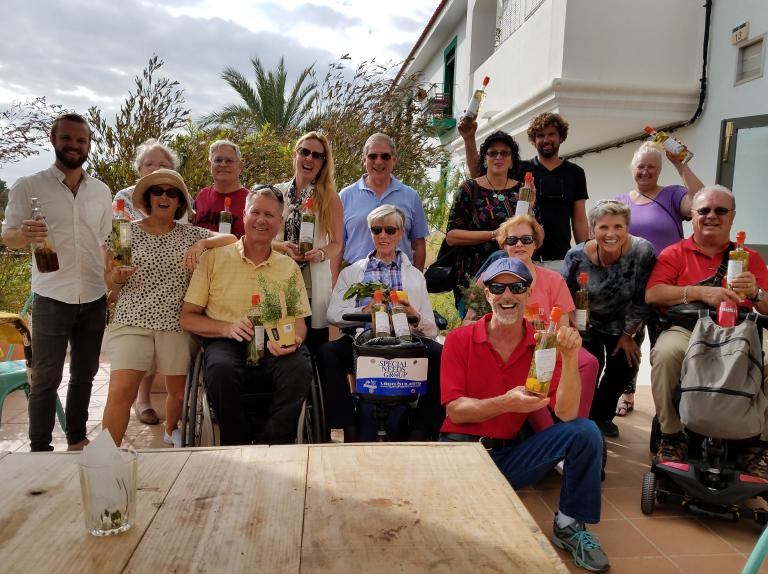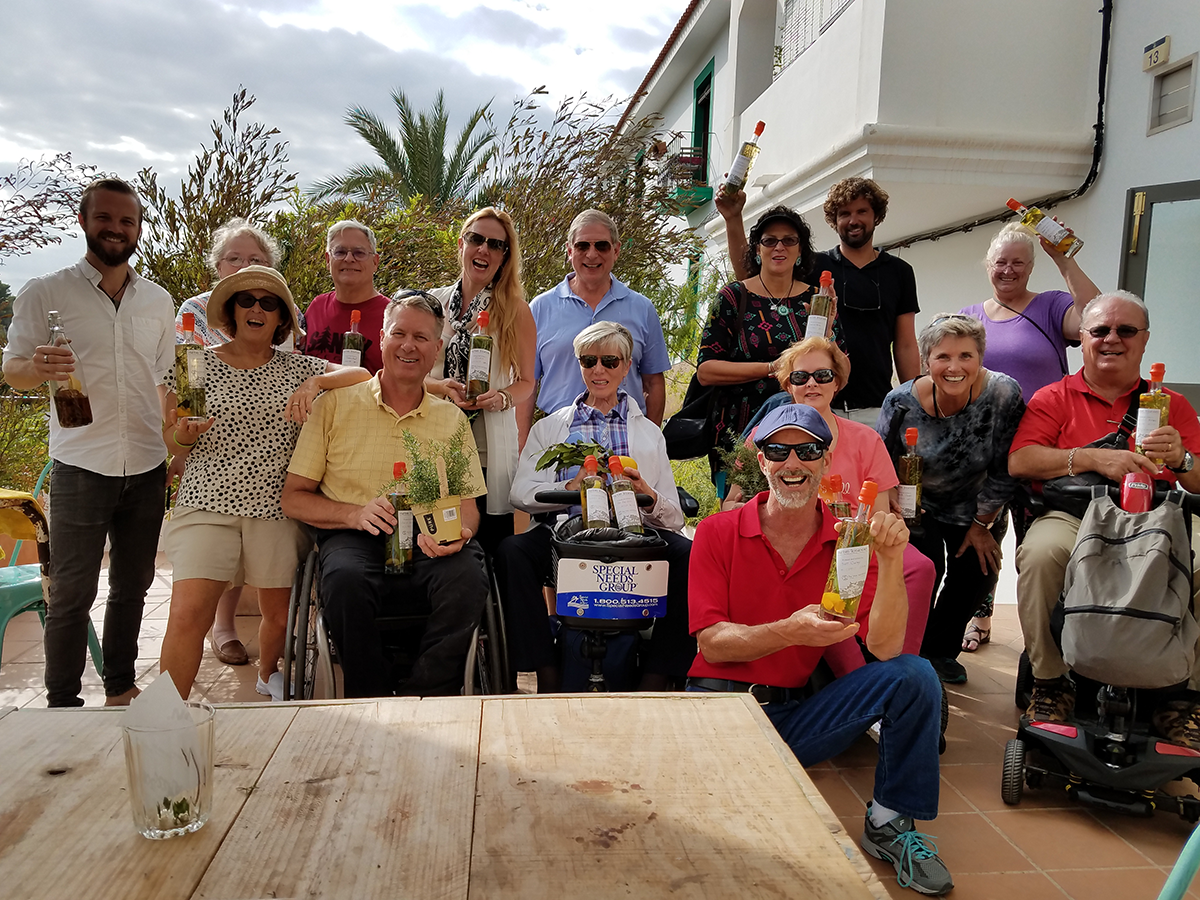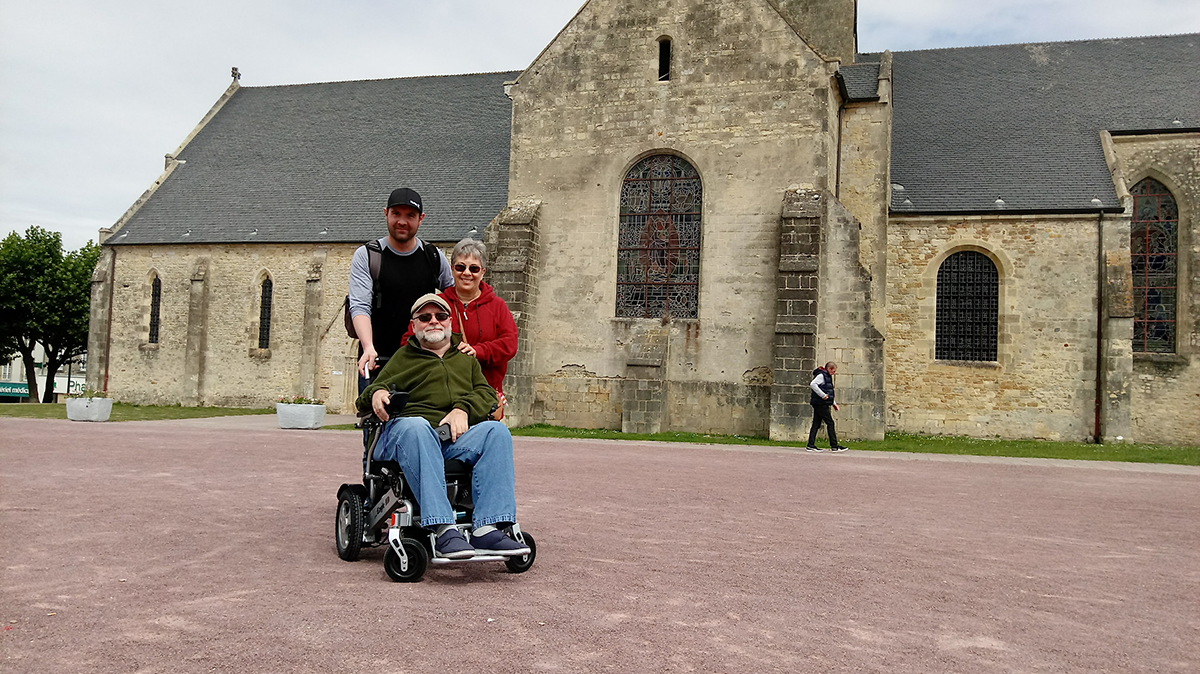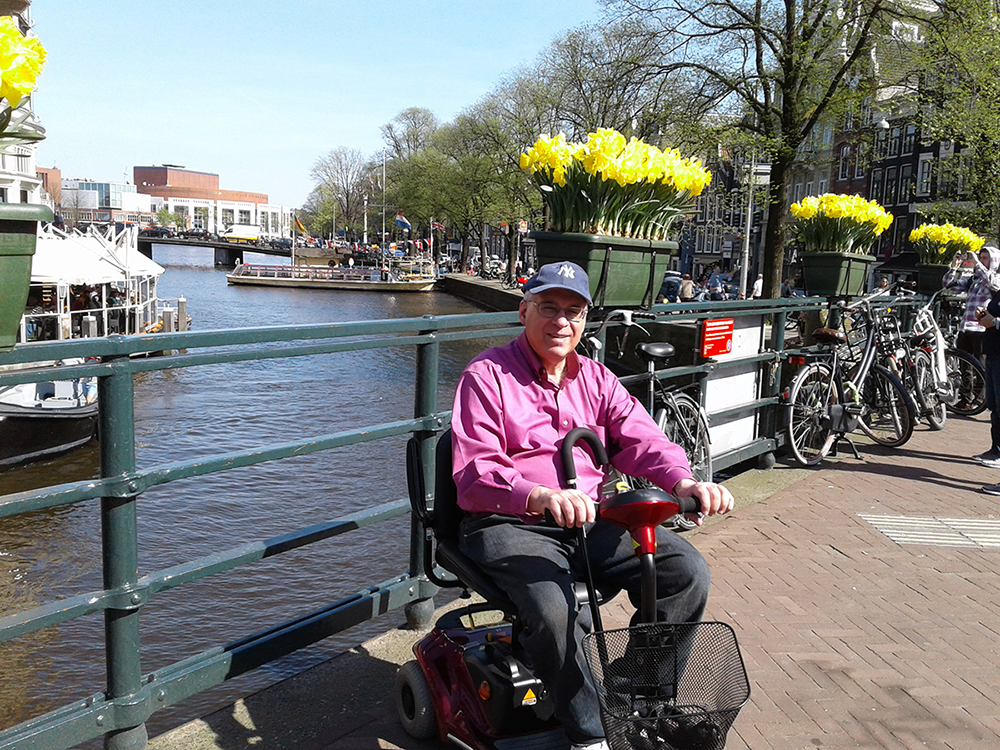
By: John Sage, Founder & CEO of Accessible Travel Solutions
People with Disabilities (PwD’s) make up twenty percent (20%) of the population, yet they remain overlooked by many travel businesses and destination organizations. They have unique needs that, when met, result in them being loyal customers. They also tend to be older and have time and money to travel, which makes them attractive customers.
Destinations can attract visitors from “the last untapped travel demographic” by gaining consumer confidence through detailed accessibility information and targeted marketing campaigns. Understanding the needs of disabled travelers is a first step, and below you will discover six myths about accessible travel to start you on your journey to including people of all abilities.

Myth #1: People with Disabilities Can’t Travel
To an able-bodied person, traveling with a disability may seem too difficult to be worthwhile. Although accessibility challenges exist throughout the travel process, many people with disabilities have adapted to their limitations and are eager to travel. In fact, any reluctance that they have regarding travel is not caused by their disability, rather it’s caused by the accessibility challenges they expect to encounter. When destinations remove those accessibility barriers (whether physical, procedural, or informational), people with disabilities are eager to travel like anyone else.
Myth #2: People with Disabilities Don’t Have Money to Spend on Travel
Some labor laws define disability as the inability to work due to a physical or mental impairment. But that’s very misleading; many people with disabilities (or their spouses) hold successful, full-time jobs. Even more PwD’s have worked their whole careers, have retired, and have now aged into disability. PwD’s have time and money to spend. In fact, a German study estimated that PwD’s spend 16% more on their trip than able-bodied travelers, and a Spanish study estimated it to 33% more!

Myth #3: The Disabled Population is a Small One
Able-bodied people look around, don’t see many wheelchair users, and assume that the disabled population is a small one. Wheelchair users are only one part of the disabled population! Those benefiting from accessibility features include people with mobility, vision, hearing, and cognitive or sensory limitations. Some disabilities are visible, and some are invisible. The largest concentration of people with disabilities is in the senior population where 50% of seniors have some type of disability.
Destinations and travel businesses need to shift their thinking about the disabled traveler. Instead of thinking of wheelchair users, think of seniors with bad knees, eyes, or ears. Once you do that, you realize that the disabled population is significant. According to the US Census and the Centers for Disease Control, 20% to 26% of Americans have a disability. Hardly a small group!
Myth # 4: ADA Compliance is Enough
While the Americans with Disabilities Act (ADA) has had significant positive effects, it also produced a negative one. When many people think about accessibility, they think of “compliance” rather than “inclusion.” The truth is that the ADA does not cover everything that disabled travelers need. Extensive accessible travel research over the last 30 years has reached a consensus that disabled travelers need three things: 1) accessibility of facilities and websites, 2) detailed, publicly available accessibility information about those facilities, and 3) customer service staff who are trained to assist PwD’s. While physical accessibility is good in many places, accessibility information and training are lacking. Destination organizations have a role to play in filling that gap and making their destinations attractive to PwD’s.

Myth #5: Traditional DEI Efforts are Enough
Many equity, diversity and inclusion (EDI) efforts primarily focus on the diversity of the workforce. They often fail to focus on the inclusion of all people in the marketplace. People with disabilities have specific needs they must consider when choosing a destination. If destinations do not make it easier for PwD’s to visit their destination, they have a significant gap in their EDI efforts. This is also a great opportunity since accessibility is often the most profitable inclusivity effort because it has near-term revenue and visitors associated with it!
Myth #6: Traditional Marketing Works for People with Disabilities
If a destination is marketing its beaches, mountains, historical buildings, or walking tours, many PwD’s will see these as potential accessibility obstacles that they must overcome. PwD’s require targeted marketing that conveys a message of “we are accessible, here’s proof, and we want you to visit.” Destinations must deliver this message through tailor-made marketing content and campaigns.
Conclusion
Disabled travelers are numerous, they stay longer and spend more, they are loyal to destinations who meet their accessibility needs, and they travel in the offseason. Who wouldn’t want more visitors like that? Destination organizations must be proactive to attract them. They must gain the disabled traveler’s trust that the trip will be a positive experience. These efforts should include accessibility documentation, accessibility training, and targeted marketing content and campaigns. PwD’s are the last untapped travel demographic, and the return on investment for these efforts is tremendous! Visit Accessible Travel Solutions’ website to learn more about this valuable demographic.


